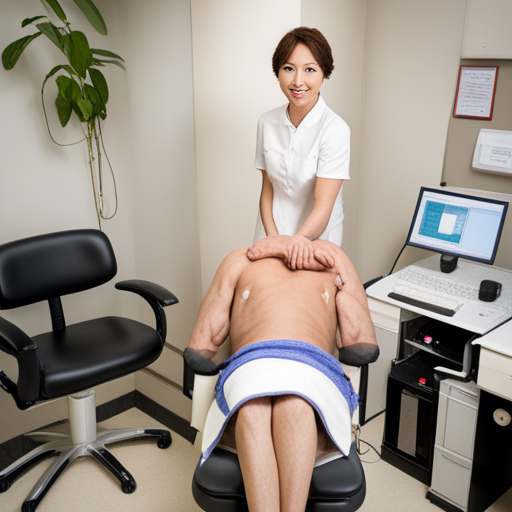Lasers and light treatments are a common part of cosmetic dermatology, used to help patients address a wide range of skin concerns. But it’s important for patients to know how a particular treatment works, the benefits and risks, before making a decision. A good place to start is to find a board-certified cosmetic surgeon, who’s completed training in noninvasive procedures such as laser skin resurfacing. Using the American Board of Cosmetic Surgery’s Find-A-Surgeon tool, you can locate cosmetic doctors near you.
Laser skin resurfacing is an outpatient procedure done by a plastic surgeon or dermatologist. It involves numbing the area to be treated, then using a laser to remove damaged outer layers of skin and stimulate new tissue growth for a tighter, healthier appearance. It can also be used to minimize the appearance of wrinkles and scars. There are two types of laser treatments: ablative and non-ablative. Ablative lasers, which are typically more aggressive treatments for more severe skin issues, can require a longer recovery time but provide more dramatic results. 선릉역 피부과 Non-ablative lasers are typically more conservative treatments for less severe skin conditions and have a shorter recovery period.
It’s important to find a doctor with experience working with dark-toned skin, as some laser treatments pose a greater risk for inflammation and discoloration on darker skin tones. Westley notes that erbium lasers, which use violet-blue light to treat pigmentation and sun damage, are safer options for patients with darker skin tones because they don’t rely on heat to work.

Some laser treatments may increase your sensitivity to sunlight, so it’s wise to wear sunscreen and avoid direct sunlight following your treatment. It’s also a good idea to discontinue any medications or supplements that affect blood clotting 10 days before your procedure, as these can interfere with healing. It’s also important to be honest about your medical history, as some conditions such as autoimmune disorders or pregnancy can increase the risk of complications from laser treatments.삼성역 피부과
Once your doctor has determined if you are a good candidate for laser skin resurfacing, they will talk to you about what you hope to accomplish from the procedure. Patients often feel a sense of rejuvenation after their treatment, with less visible blemishes and a younger-looking complexion. But it’s important to remember that the results of laser skin resurfacing are not instantaneous; they can take several weeks to show up, and they can continue improving for up to 1 year following treatment. During this time, your skin will likely be sore and irritated. You’ll also have increased sensitivity to sunlight, which can be difficult for some people to adjust to. The most effective way to minimize these side effects is to have the treatment done by a board-certified plastic surgeon or dermatologist. Using the latest laser and light technology, they can ensure that you receive the most safe and effective treatment possible. To learn more about laser skin resurfacing and other services available at Skin Laser Dermatology, contact us today to schedule a consultation.
